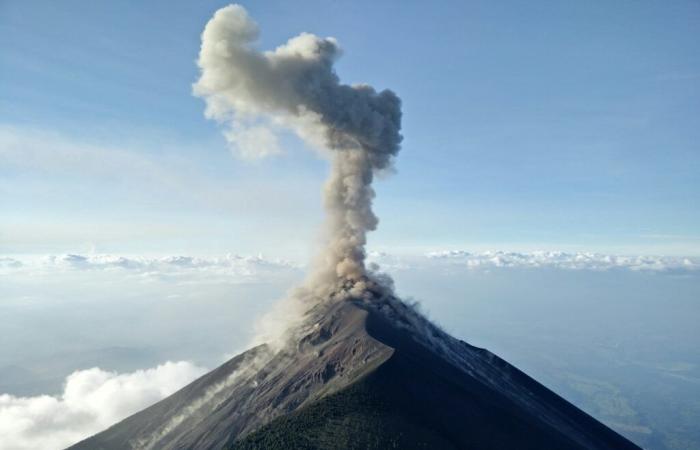Yellowstone National Parkthe first to be considered as such in the United States, has wonderful landscapes full of forests, lakes and huge mountains. It is also home to one of the world’s largest volcanic systems.
One of them is the “Supervolcan” or Yellowstone boiler, which heats geysers, hot springs and lodazals in the area. Under its surface, hide enormous destructive potential.
At the end of 2024, versions were circulated on a recent activity of this boiler whose last eruption occurred about 640,000 years ago. However, A study published in Nature magazine explains that the possibility of a great eruption is not imminent.
But, as we said, Yellowstone’s “Supervolcan”, with its 72 km wide, remains a potential threat.
Yellowstone’s magma remains active And future volcanic activity could concentrate on the northeast part of the park, a region that does not show signs of instability, according to the latest known records.
An article by National Geographic It provides some data of its danger: “640,000 years ago, a huge volcano erupted in the current Yellowstone National Park, United States, creating a boiler that measures 45 kilometers wide and 75 kilometers long.
In turn, the European Space Agency (ESA) explains that it is one of the largest land vents that exist and is in an active state. “
“What brings Yellowstone as a dangerous volcano is that studies published by the NASA jet propulsion laboratory (JPL NASA, according to its acronym in English) classifies it as a supervolcany whose eruption would be able to “plunge the world into a catastrophe and bring humanity to the edge of extinction”, Adds the magazine.
The JPL indicates that “the shallow reserve of Magma in the Yellowstone Supervolcán awaits a total of 15,000 cubic kilometers and resides at 5 and 16 kilometers deep.”
A news published by the Spanish says that “This summer (boreal) a group of tourists who walked through the National Park had to run due to a hydrothermal explosion. Despite not causing injuries, it meant damage to the facilities and revived the fear that the area can erupt in a short time. ”
But this is not all. The newspaper adds that “since 2015, the Yellowstone boiler has sank at a rate between two and three centimeters per year, as reported by the USGS. And NASA has reported that its eruption could precipitate the end of humanity”.
Beyond this alarmist forecast, the truth is that NASA works on a project to cool the “Supervolcán” top down, As reported by the BBC seven years ago.
As the Supervolcano is a gigantic heat generator, equivalent to six energy plants, most filters it into the atmosphere through the water that is sneaked through the cracks of the Magma Chamber.
The BBC explains that “when this heat reaches a certain threshold, an eruption is inevitable. But if more heat could be extracted, then the supervolcany would never erupt.”
Then, NASA estimates that if it managed to reduce the heat generated within the Magma Chamber, 35% Yellowstone would no longer be a threat.






